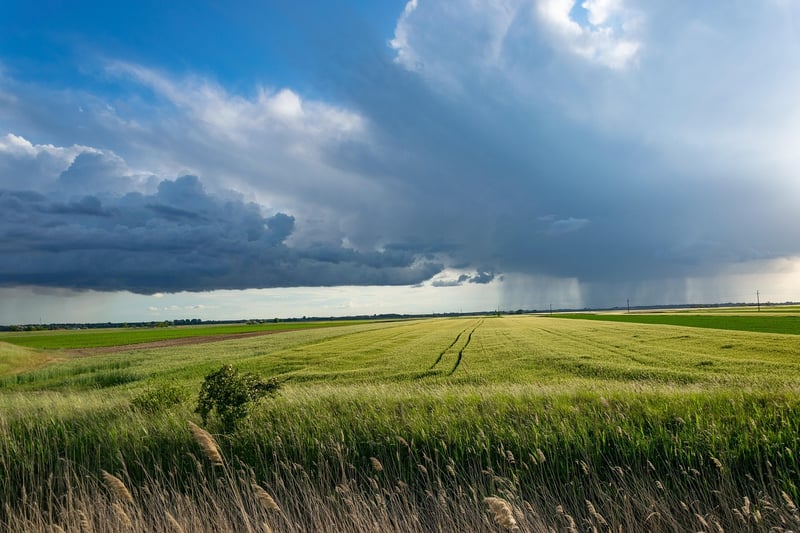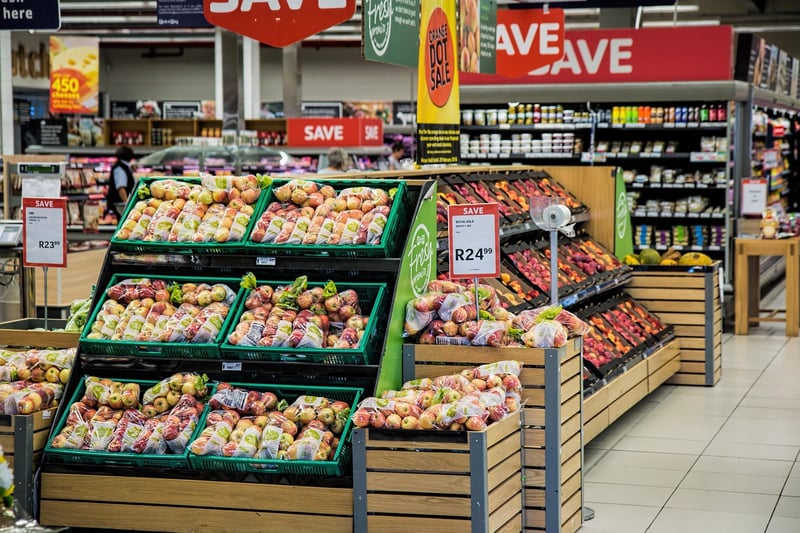How to store
Maximizing Crop Yield: Tips for Farmers
As a farmer, maximizing crop yield is crucial for a successful harvest and profitability. By implementing the right techniques and practices, you can improve your crop production significantly. Here are some essential tips to help you optimize crop yield:
1. Soil Health
Healthy soil is the foundation of a successful crop. Test your soil regularly to ensure it has the right pH levels and nutrient content. Consider using organic matter and cover crops to improve soil health and fertility.
2. Water Management
Proper water management is essential for crop growth. Ensure your crops receive adequate water through irrigation systems or rainwater harvesting. Be mindful of overwatering or underwatering, as both can negatively impact yield.
3. Crop Rotation
Rotate your crops each season to prevent soil depletion and minimize pest and disease pressure. Different crops have different nutrient needs, so rotation helps maintain soil health and balance.
4. Pest and Weed Control
Implement integrated pest management strategies to control pests and weeds effectively. Use natural predators, crop rotation, and organic pesticides to minimize chemical use and protect your crops.
5. Monitoring and Data Analysis
Regularly monitor your crops for signs of stress, disease, or nutrient deficiencies. Collect data on crop performance and yield to analyze trends and make informed decisions for future planting seasons.
Storing Your Harvest
After a successful harvest, proper storage is crucial to maintain the quality and freshness of your crops. Here are some tips on how to store your harvest effectively:
1. Proper Ventilation
Air circulation is essential to prevent mold and moisture buildup. Use ventilated containers or storage facilities to allow for proper airflow around your crops.
2. Temperature and Humidity Control
Store your crops at the optimal temperature and humidity levels to prevent spoilage. Consider using climate-controlled storage units or installing fans for temperature regulation.
3. Pest Prevention
Protect your stored crops from pests such as rodents and insects. Use sealed containers, traps, or natural repellents to keep pests away from your harvest.
4. Regular Inspection
Check your stored crops regularly for any signs of spoilage, mold, or pest infestation. Remove any affected crops immediately to prevent further damage.
5. Organization and Labeling
Keep your storage area organized and properly labeled to easily identify different crops and their storage requirements. This will help you manage your inventory efficiently.
By following these tips for maximizing crop yield and proper storage techniques, you can ensure a successful harvest and long-term profitability for your farming business.


